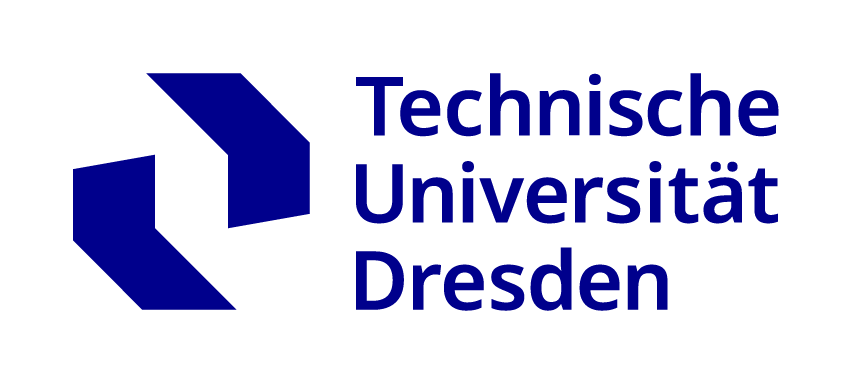Juniorprofessur für Kognitive Systeme
übergeordnete Einrichtungen:Technische Universität Dresden (TUD)
Kontakt
| Web: | https://tu-dresden.de/ing/elektrotechnik/ias/juniorprofessur-fuer-kognitive-systeme | |
| E-Mail: | ||
| Telefon: | +49 (0)351 463-37656 | |
| Fax: | +49 (0)351 463-37781 | |
| Postanschrift: | Technische Universität Dresden (TUD), Juniorprofessur für Kognitive Systeme, 01062 Dresden | |
| Besucheradresse: | Technische Universität Dresden (TUD), Juniorprofessur für Kognitive Systeme, Helmholtzstraße 18 (Barkhausen-Bau, Room S48), 01069 Dresden | |
| Partner: | Technische Universität Dresden | |
Beschreibung
Articulatory speech synthesis
Articulatory speech synthesis denotes the synthesis of speech based on an articulatory and aero-acoustic simulation of the vocal system. This way of speech synthesis is completely different from current established synthesis technology. Current systems are mostly based on the concatenation of short units (for example, syllables or diphones) of recorded natural speech. The best of these systems are now able to generate quite natural sounding speech. However, due to their use of recorded natural speech material, their flexibility is rather limited with regard to the generation of different voices, speaking styles, emotions, etc.
The goal of this line of research is to overcome these limitations with an actual simulation of human speech production. Therefore, we develop and combine models of the vocal tract, the vocal folds, aero-acoustics, and articulatory control. The challenge here is to make these models as detailed as necessary to simulate all the phenomena relevant for speech production, but keep them as simple as possible to be applicable for actual speech synthesis applications. In contrast to current speech synthesis technology, our work here greatly benefits from basic phonetic research. In the middle-term, articulatory synthesis may be the way to generate highly natural sounding, expressive and configurable speech synthesis. Furthermore, it provides, amongst others, new possibilities for the analysis and synthesis of singing, didactics, and phonetic research.
Measurement techniques for speech research
In this line of research we develop new techniques to measure different aspects of speech production. One of these techniques is optopalatography (OPG) to measure tongue and lip movements during speaking. Therefore, the speaker wears an artificial palate fitted to his hard palate, which is equipped with optical distance sensors. Our current artificial palates employ five sensors along the palatal midline directed towards the tongue, and two sensors in front of the upper incisors directed towards the upper lip. These sensors allow reconstructing the mid-sagittal shape of the tongue and the state of the lips with a frame rate of 100 Hz. This technique can be applied in basic phonetic research, in “silent speech interfaces”, or for providing visual articulatory feedback for speech therapy, foreign language learning, or education.
Zugehörigkeit
übergeordnete Einrichtungen
| Name | Typ | Aktionen |
|---|---|---|
| Institut für Akustik und Sprachkommunikation (IAS) | Institut |
Letztes Update
Letztes Update am: 23.12.2016 09:07

